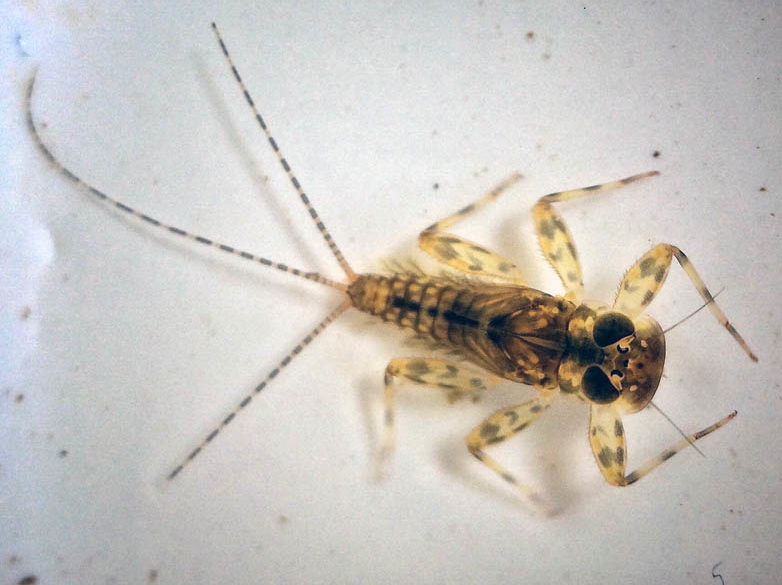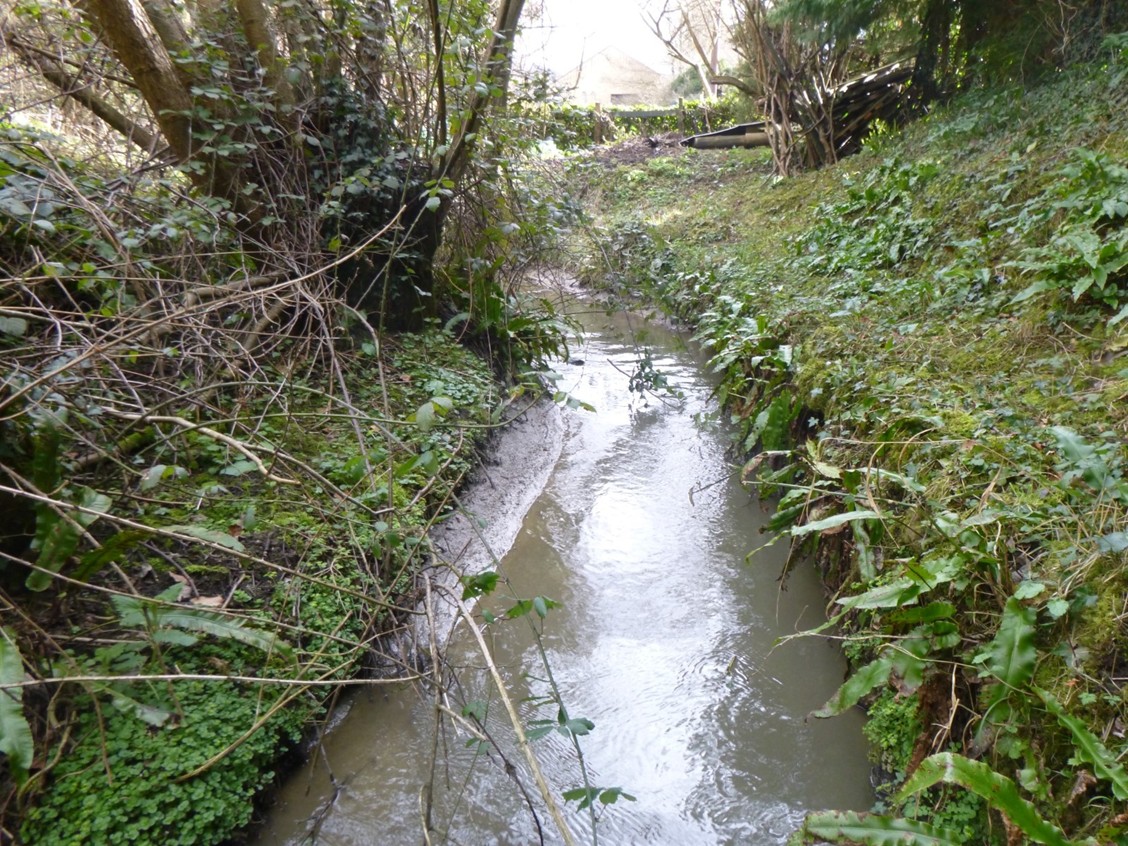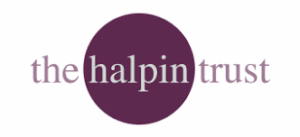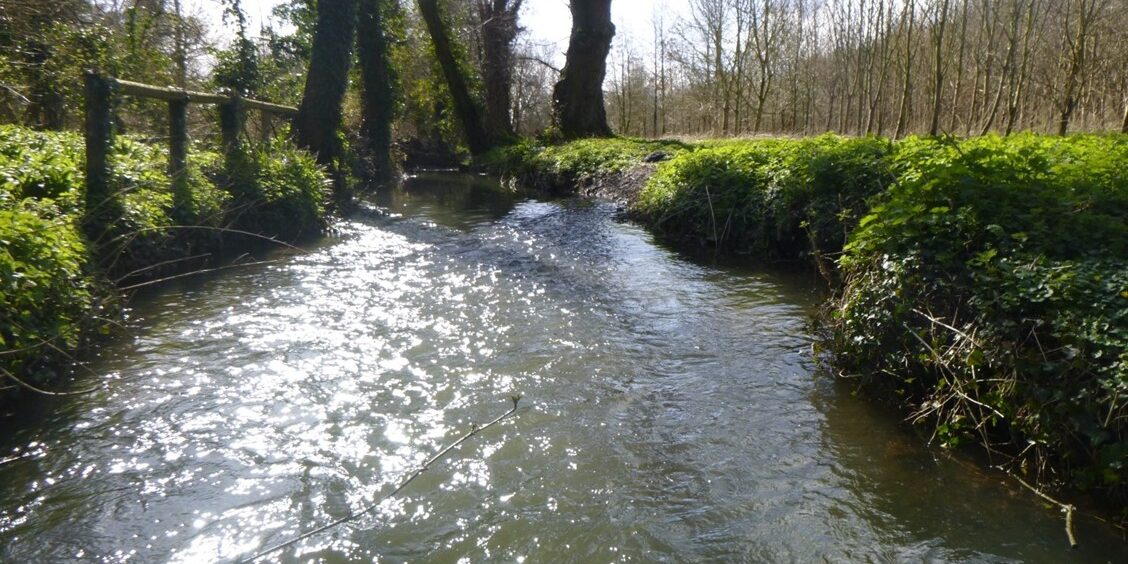Bristol Avon Rivers Trust (BART) conducted macro-invertebrate monitoring in the Little Avon catchment, funded by the Cotswolds National Landscape and The Halpin Charitable Trust, as part of the SmartRivers Programme.
Over multiple seasons between 2020 and 2022, eleven sites were assessed to establish baseline ecological conditions and identify key pressures on water quality. Riverfly Monitoring is also undertaken by BART volunteers as part of the Riverfly Monitoring Initiative (RMI). BART volunteers have 19 active RMI sites in the Little Avon catchment – including sites on the Ozleworth and Dyers Brooks and the Little Avon river. The full report can be found here.
Key Findings:
- Chemical Pollution & Siltation: Widespread chemical stress was observed at most sites, particularly in autumn samples. Siltation was also a major concern, likely exacerbated by agricultural activities and drought conditions.
- Drought Impact: Low flows in summer 2022 negatively affected macro-invertebrate scores, increasing stress on river ecology.
- Poor Water Quality Hotspots: The Doverte Brook at Mill End exhibited the most restricted macro-invertebrate assemblages, with high chemical stress and poor habitat conditions. BART reported this to the Environment Agency, prompting an investigation.
- Riverfly Monitoring Results: Long-term RMI data highlighted trigger level breaches, particularly at the Little Avon Cascades site, suggesting potential pollution issues requiring further investigation.
- Healthiest Site: The upper Ozleworth Brook (Ozleworth Bottom) was the only site unimpacted by SmartRivers pressures, showcasing the potential for a thriving invertebrate community in cleaner conditions.

Recommendations:
- Targeted Investigations: Focus on water quality issues in Doverte Brook, Dyers Brook, and Little Avon downstream of Wickwar.
- Expanded Monitoring: Establish new BART Detectives water quality monitoring sites to support riverfly data analysis.
- Landowner Engagement: Work with farmers to reduce livestock-driven bank erosion and sediment runoff.
- Continued Advocacy: Maintain dialogue with the Environment Agency to address pollution concerns and drought impacts.
- Habitat Restoration: Address physical modifications, improve in-stream habitat diversity, and explore barrier removal.

This study underscores the need for sustained monitoring and intervention to improve the ecological health of the Little Avon catchment. The Government’s growth agenda may further stress the Little Avon and its tributaries if not carefully balanced with nature recovery interventions.
It is BART’s view that planning authorities must prioritise both construction-phase and long-term impacts of development to safeguard and enhance river health. Further detail on this subject can be found here: https://bristolavonriverstrust.org/protecting-rivers-development-matters/
Mitigation and compensation measures to protect rivers should be proactive and not reactive, whilst also ensuring capacity for additional sewage at water recycling centres, and not to over abstract water to deliver a net positive outcome for the river.
An integrated approach to managing rivers across all sectors is required to ensure river health is not in the first instance degraded, but improved.










